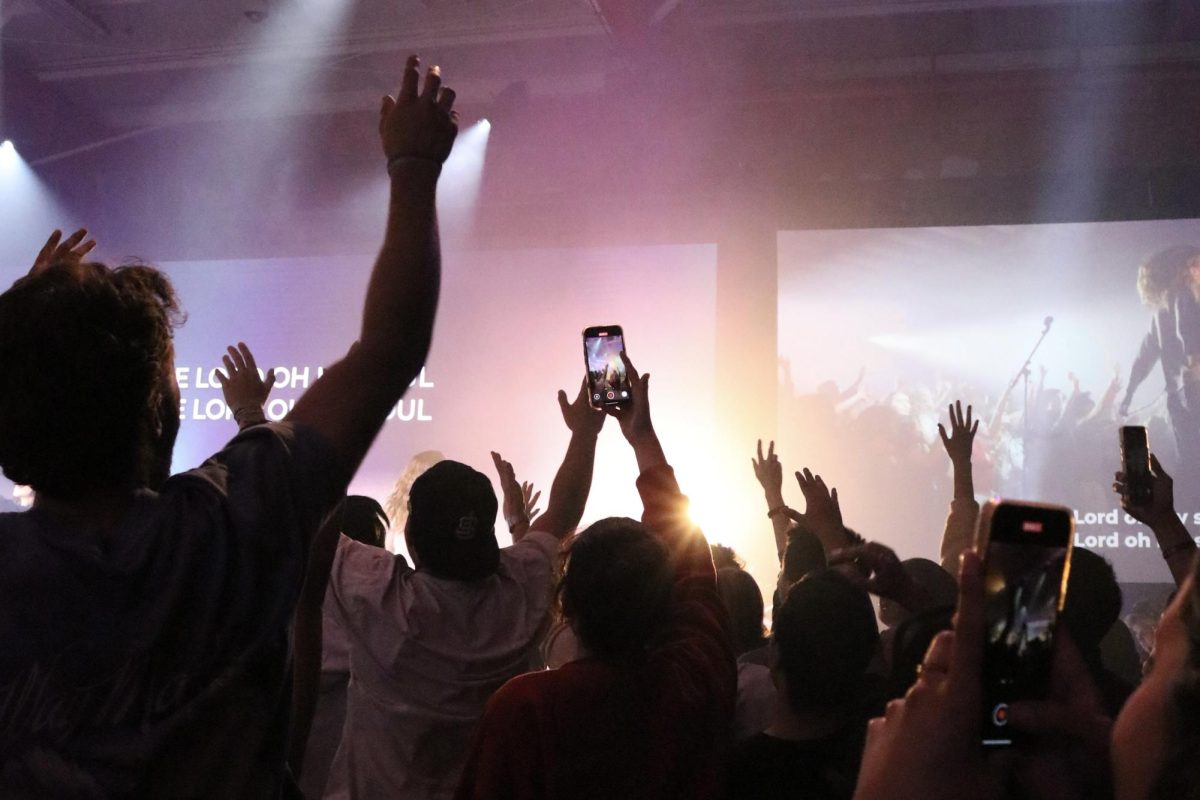The recent death of renowned Chinese photographer, Ren Hang, shocked artists and fans worldwide and exacerbated the relentless and vibrant debate on the link between mental illness and creativity. Mental illness, such as depression, is still seen by many people as a necessary progenitor for artistic creativity and the origin behind art history’s greatest geniuses. While the link between artistic genius and mental illness is still contested within the scientific community, people need to stop romanticizing mental illness as a necessary factor to create meaningful and beautiful work.
The enigmatic epitome
For many people who possess a basic knowledge of art, the concept of the “tormented artist” is constantly perpetuated by fans and the cultivators of history. We all know the artists who have transformed the immense pain and suffering they experienced into beautiful works of art. The Dutch painter, Vincent van Gogh, seems to be the enigmatic epitome of the so-called “tortured artist.” Van Gogh is celebrated today because he was able to create aesthetically beautiful works of art despite or because of a humble and difficult life full of pain, poverty and mental illness. However, not even the vibrant and magnificent beauty of his work could not stop van Gogh from taking his own life.
Would van Gogh have been able to paint his famous work “The Starry Night” if he did not live a life full of torment and pain? Do artists need a bit of madness to spark the inner artistic genius lying dormant in some mysterious part of their mind? The biological link between mental illness and creativity I cannot prove or claim. A 2007 journal entry in the Stanford Journal of Neuroscience by then Stanford research assistant Adrienne Sussman displays multiple scientific studies and claims the link between mental illness and artistic creativity does exist. Regardless of whether or not the aforementioned connection is real, people need to stop romanticizing the idea that an artist needs to be depressed or diagnosed with bipolar disorder or anxiety to create great works of art.
The necessity for dialogue
An article authored by editor Wendy Syfret and published by Vice i-D discussed the negative effects of society perpetuating the concept of the “tortured artist.” Syfret claims, “We still need to recognize that celebrating any form of pain threatens to act as another barrier in people seeking or being offered help.” The well-written article provides a brief yet eloquent argument for why everyone — art historians, artists, fans and common people — needs to talk about mental illness and its dangerous implications.
I only became aware of Hang and his work when his suicide was announced online. Hang’s works are incredible. The images he produced accentuated the beauty of the human anatomy and cultivated discussions about sex, youth and gender in a society where nudity and where particular forms of art are censored by the state.
A society that deters a culture of art is a dead culture. “All art,” according to the great playwright and novelist James Baldwin, “is a kind of confession, more or less oblique.” According to Baldwin, “All artists, if they are to survive, are forced at last, to tell the whole story; to vomit the anguish up.” There are artistic students on campus who need help to battle the whip of bone-chilling depression and have pondered the possibility of suicide — a denial of the gift of life. Help them by directly supporting our friends in need and also by opening discussion about the social stigma of mental illness.







